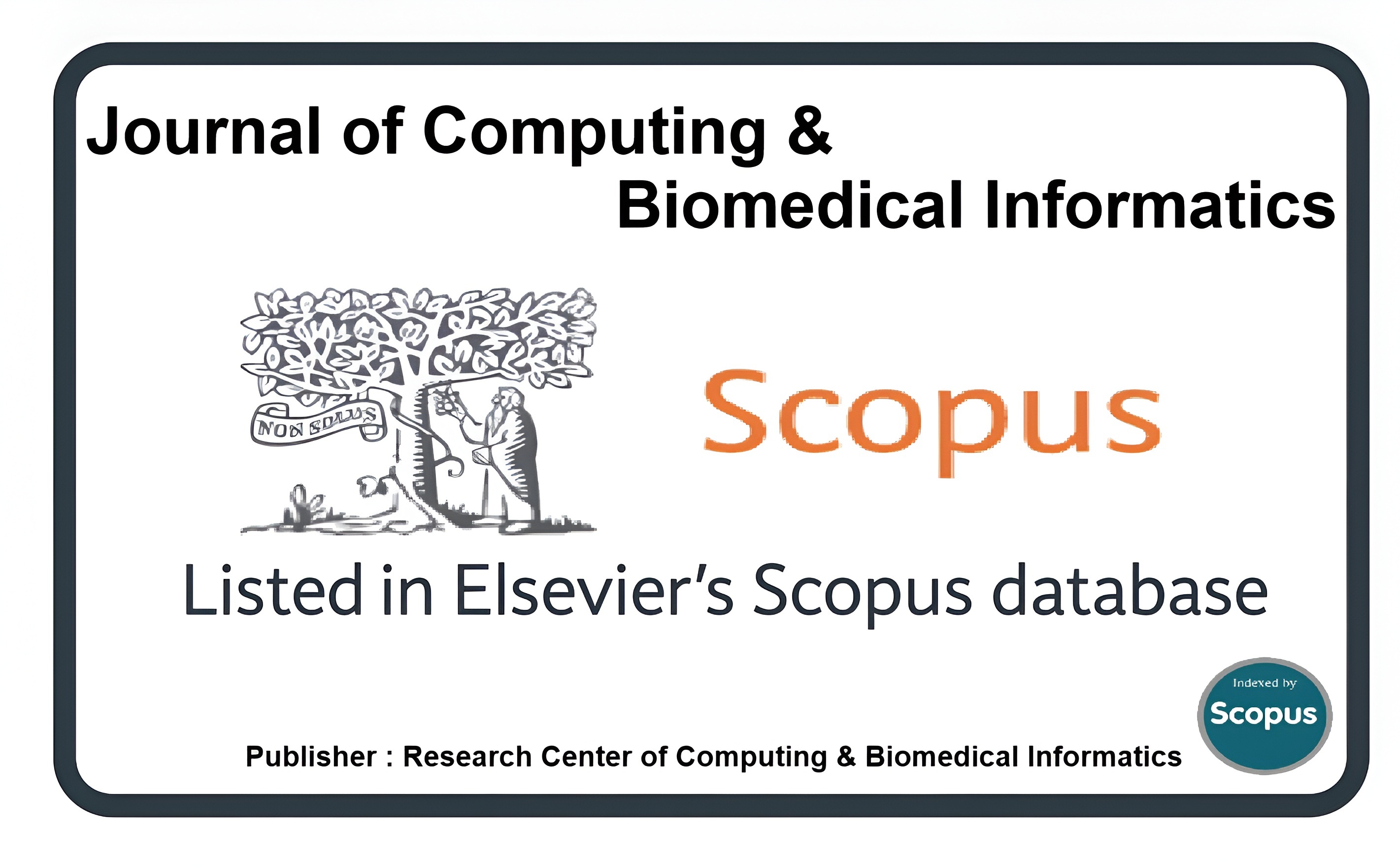MRI Brain Tumor Diagnosis Using Machine Learning and Fused Optimization Scheme
Keywords:
MRI, Brain tumor, Machine learning, FO-BTDAbstract
Brain tumors are fatal diseases that are detected following a panic, delayed, and complex process. Radiology is vast and diverse through the detection of brain tumors but examining the brain radiology images requires high skills, experience, and domain knowledge. Variations in the brain tumor tissues and similarity in the cases makes the diagnosis process more difficult. Computer-aided biomedical brain lesion identification using magnetic resonance imaging (MRI) lesses the difficulties in brain tumor detection and localization process, and it also addresses the shortage problem of skilled radiologists. In this research article, a fused optimization brain tumor diagnosis (FO-BTD) model has been proposed using brain MRI scans and machine learning classifiers. The experimental dataset comprised 200 MRIs of normal and abnormal brain tumors, either benign or malignant, collected from the Bahawal Victoria Hospital Radiology Department (BVH-RDL). A median filter was applied to reduce the noise effects and after segmenting the tumor region two ROIs of the sizes (10x10) were taken on each MRI. From each ROI 220 COM texture features were extracted, and a fused supervised feature optimization scheme gave thirty optimized features. The fused optimization comprised fisher (Fr) plus probability_of_error (POE) plus avg_correlation (AC) plus mutual_information (MI). The optimized features vector (OFV) as input to machine learning classifiers named random forest (RF) and logit-boost (LB) to classify brain MRI dataset. RF and LB classifiers gave 84.50% and 83.71%.
Downloads
Published
How to Cite
Issue
Section
License
This is an open Access Article published by Research Center of Computing & Biomedical Informatics (RCBI), Lahore, Pakistan under CCBY 4.0 International License





